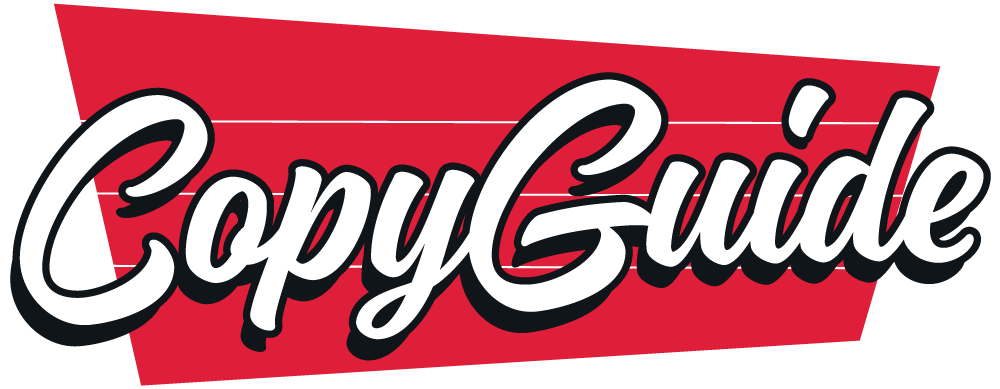Copy Strategy:
7 Unskippable Steps For Copywriting Success
Think you need a copy strategy?
Damn right you do!
Because if you start writing copy without first developing a data-driven plan, your words will be less effective than a Blackberry in 2022 (too soon?).
This guide will show you how to create a complete copywriting strategy that’ll help you:
Turn traffic into leads.
Leads into customers.
Customers into happy, adoring fans.
(you might even find a free copy strategy template hidden in this page ;)
Let’s do this!
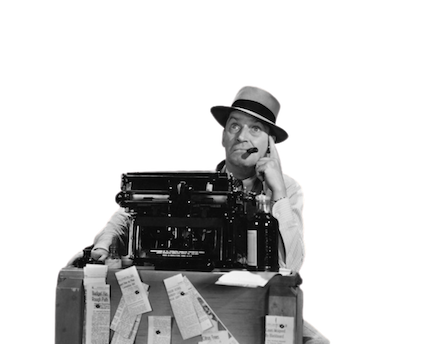

1
Copy Strategy Essentials
What is a copy strategy?
A copy strategy explains how you plan to write persuasive copy for a particular audience. The best marketing strategies are based on loads of customer research (we’ll get to that later) and communicate what makes either your brand or your product unique and highly desirable.
Marketing agencies will often sometimes create formal copy strategies for their clients. But your copywriting plan might simply be a collection of notes in a Google doc. It really depends on what you’re aiming to accomplish.
Focus on one primary goal
It’s easy to think too broad when crafting a strategy like this. Instead, focus on the one primarily goal you want to achieve with your copywriting or marketing campaign. It might be to:
Or something else entirely.
Either way, you’ll want to give a single ‘job’ to each of your campaigns. For example: you shouldn’t expect your landing page to convert free SaaS trials into paid customers — that ‘job’ will depend largely on your onboarding sequence and guided in-app tours. So ‘generating more paying subscribers’ wouldn’t be the right goal for a free trial landing page. Capisce?
(by the way: if you already have website copy written and aren't feeling so great about your copy strategy, you can always grab a quick website copy audit to get an expert opinion. Just sayin')
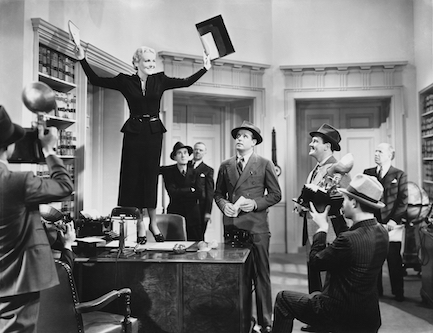
2
The Mindset You Need To Succeed
It’s about connection NOT manipulation
Sure, a skilled direct response copywriter can supercharge your sales with inflated promises, fake urgency and ugly emotional messaging that makes readers feel like trash. To hell with that.
Not only is that style of copy unethical, but it’s also dangerous. In an age where reviews can make or break products and word-of-mouth spreads faster than the Omnicon variant, a bad sale is WORSE than no sale at all.
And yet there are still ‘bros’ out there with spam-tacular advertising like this:

*cringes*
This crap leaves a sour taste in the mouth of a lot of folks. And folks, as you know, tend to talk.
Your goal isn’t to ‘sell’ your audience. Instead, your goal is to connect with the people who are most likely to love your product, solution or service.
In other words, you want to start a relationship with your best-fit customers. These are the people who:
But first, you need to figure out who your best-fit customers really are.
And then determine what they really want.

3
Always Start With Research
That's because the best copywriting and messaging taps into the emotions that motivate your best prospects to act (FYI: a messaging strategist can help with this stuff).
So you need to understand the psychology of your specific customers -- their deepest desires, their most dreaded fears. Without that insight, you're really just taking a guess on what messages will resonate with them. And you'll probably end up with generic, BS-filled content that people just ignore.
I know, I know — research is hard.
And it can be boring too (but I’m a weird guy, so I enjoy it). Now, you could get all academic and sift through a 60-page marketing research report like this one. Or you can focus on using these four research methods (in my eight years of copywriting experience, they’re often all you need).
a) Competitor Content Analysis
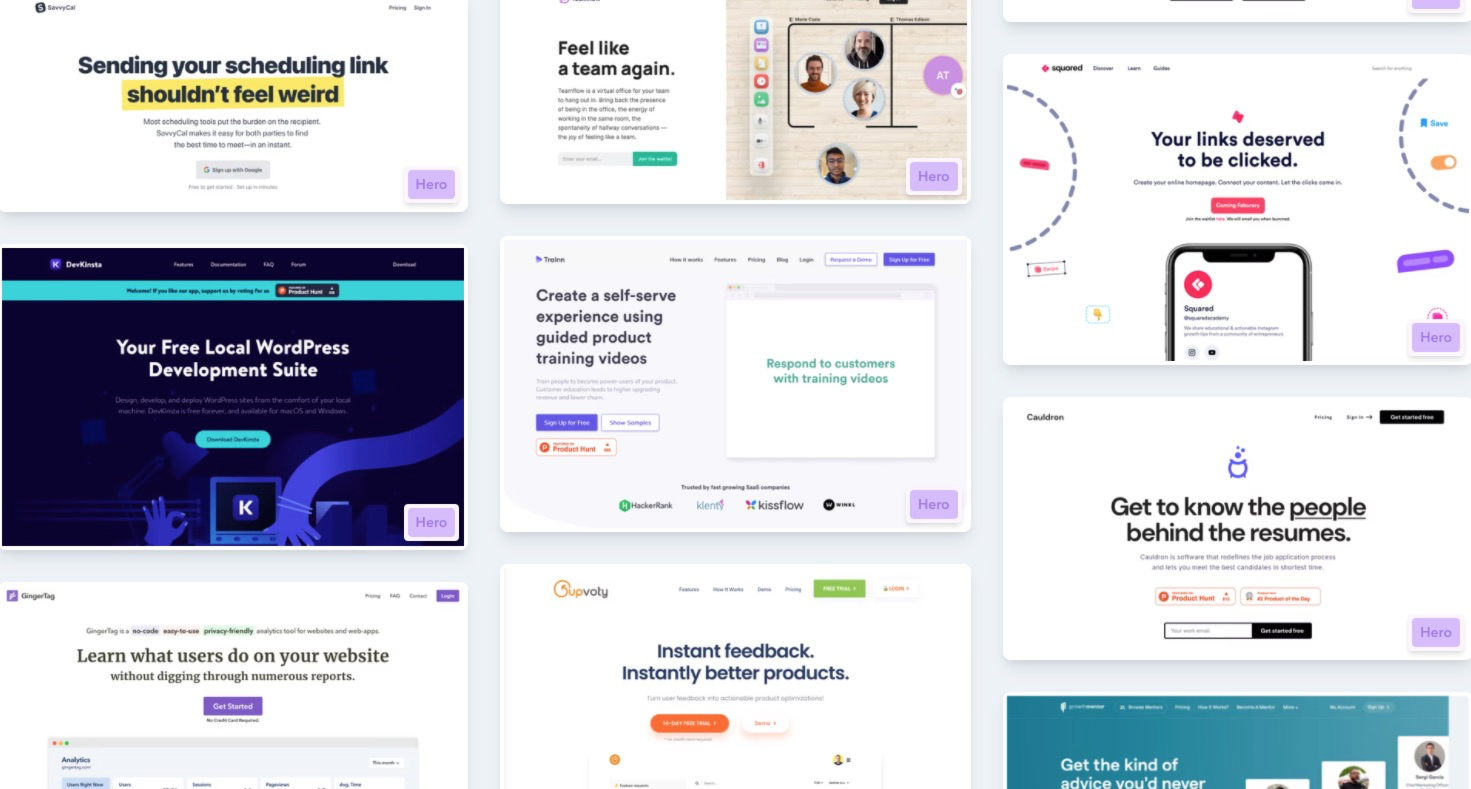
First, size up your competitors' copy and design so you understand what type of messaging your audience has seen already.
Study your competitors' copy to:
Document what you discover and keep that research handle so you can craft copy that stands out.
b) Customer review mining

Hidden within your customer reviews (on places like GetApp or Capterra) is a smorgasbord of words and phrases that can be ‘swiped’ and then used to write headlines, subject lines or crossheads that resonate with your target audience.
Watch out for things like:
c) Surveys & website polls

Surveys can be a good way to gather a lot of customer data quickly, but they can also cause a lot of problems. Why?
Because surveys are terrible at providing CONTEXT (don't let a certain monkey convince you otherwise)
That's why I always recommend pairing surveys with customer interviews.
d) Customer interviews

These are the BEST way to get in-depth insights about your customers. Do these last to get more context about what's motivating your audience.
I get that all this stuff can feel overwhelming. So I put together a massive (and 100% free!) customer research guide to help you out.

4
Determine Stage of Awareness
This part can get tricky, which is why so many marketers skip it. And that’s a shame.
Because if you don’t understand your audience’s stage of awareness, it’s impossible to create marketing that joins the conversation happening in their head. Or to put it another way: determining ‘awareness’ helps you deliver the right message at the right time.
In his 1966 book Breakthrough Advertising, Legendary copywriter Eugene Schwartz outlined five Stages of Awareness that revolve around the question: ‘what does my prospect already know?’
STAGE 1: Unaware
Your audience doesn’t know they have a problem.
These folks need more education to even realize that they have a pain point worth solving. This is a job for content marketing rather than conversion copywriting.
STAGE 2: Problem Aware
They know they have a problem, but don’t realize there’s a solution.
For example: “I hate creating invoices for my clients. It takes too long and I forget to do it.”
Your messaging should focus on:
STAGE 3: Solution Aware
They know about your product category, but don’t know about your specific product or service.
For example: “I need some type of invoicing software.”
Your messaging should focus on:
STAGE 4: Product Aware
They know about your product or service, but aren’t sure that it’s right for them. They might be comparing you to alternatives.
For example: ‘I’m not sure that Acme Invoicing Software is right for me.’
Your messaging should focus on:
STAGE 5: Most Aware
They understand the value that your product provides and just need to know the ‘deal.’
For example: ‘Acme Invoicing Software looks great, but maybe I’ll wait to buy it.’
Your messaging should focus on:
An effective copy strategy must:

5
Pick The Right Value Proposition
Now that you have a general understanding of…
who your ideal customer is
what they want
what stage of awareness they are at
… you can start thinking about what value proposition to use in your copy.
What is a value proposition?
A promise of value that your product or service delivers. The best value propositions are unique and highly desirable.
There are different types of value propositions:
Brand value propositions
communicate the unique value of working with your company overall (think homepages)
Product value propositions
focus only on the value of a specific offer you provide (think paid traffic landing pages)
And if you get your value prop ‘right’, it can have a dramatic effect on your revenue.
I worked with the team at LivePlan.com to test and iterate on their homepage headline (ie. their brand value proposition). The winning variation — ‘Plan, fund and grow your business’ — resulted in a 16% increase in paid conversions from the homepage. That’s just from changing the text alone!
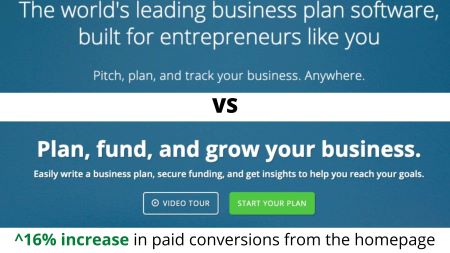
How do you create a strong value proposition? Well, you can take entire courses on this subject. But in general, a value prop answers three questions:
Exactly how you answer these questions will depend on who your audience is and where they are in the customer journey.
If want help crafting a conversion-boosting value proposition for your business, check out my free step-by-step guide:
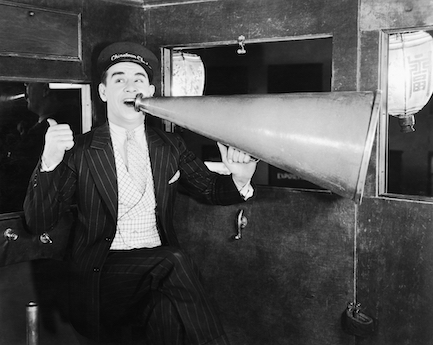
6
Consider Voice & Tone
A lot of folks get ‘voice’ and ‘tone’ confused. So let’s clear that up now…
VOICE
This is the core personality of your brand. It never changes. Your company might use a lot of voice or just a little. For example, travel booking app HotelTonight (a former client of mine) makes their ultra-hip voice a key differentiator for their brand. Here are a few lines from their room descriptions:
Quirky décor is the best use of orange and cream since the Dreamsicle.
Rooms more colorful than your childhood lightbright
TONE
This reflects how your brand communicates in specific situations. Your brand voice will still shine through, but the copy must consider the context in which it’s being read.
For example, HotelTonight wouldn’t use a heavy ‘voice’ on their privacy policy page. That just wouldn’t match the context of the situation (ie. it’s supposed to be freakin’ boring).
A well-defined voice can create an instant bond with the reader. When done well, it makes your audience realize that you “get them.” But consistency is key.
If your landing pages, ads and emails each convey a different personality, that can create a jarring experience for your audience. That’s why I recommend businesses follow these steps:

7
Test & Iterate
(if you can)
How do you know if your copy strategy is working?
Sometimes, it’s relatively easy to figure this out. For example: if you’re writing copy for a new landing page or sales page, whether or not the thing actually converts could be all you need to know. But if you’re trying to improve the existing messaging on your website or in email campaigns, you’ll ideally want to run an A/B test to make sure the new stuff is doing a better job than the original.
But this comes with one giant caveat…
Only run A/B test IF you have enough traffic and conversions.
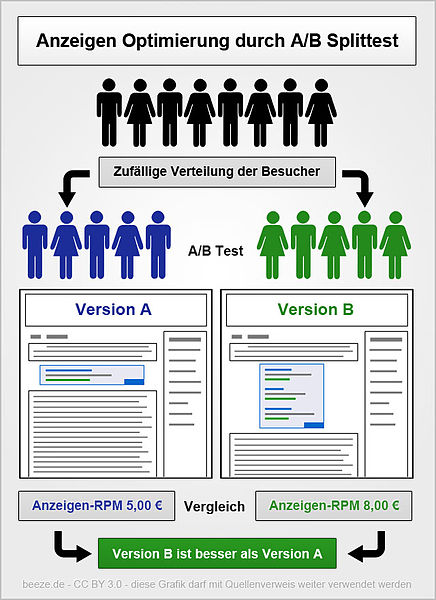
Even mid-sized companies will test the crap out of their conversion funnels without understanding the statistics behind valid testing (this article gives you a good primer on how to A/B test right).
But no matter how you decide to evaluate the effectiveness of your copy, I suggest you follow this sequence:
Wrapping it up…
Sure, it’s tempting to churn out fiery headlines right from the get-go. But without a data-backed strategy to guide your copywriting decisions, the messages you create won’t have an impact.
So take the time to plan and strategize. Then learn from your mistakes, revise your copy and eventually your words will resonate with your best-fit customers.
No spammy tactics necessary.
